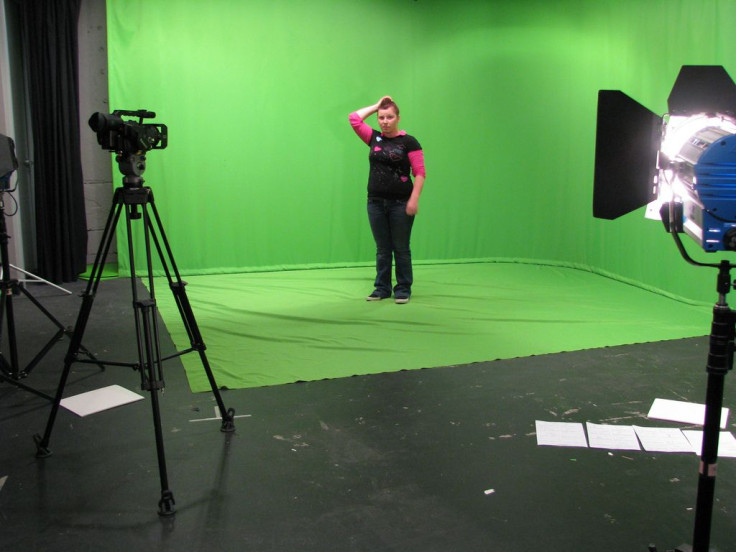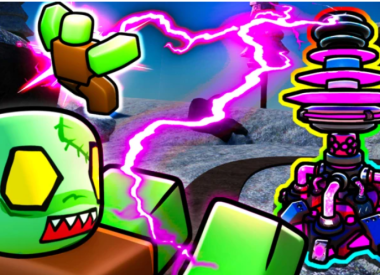The feeling of presence that virtual reality gives a user is the most important thing about the media’s medium. However, 360-degree video, which places a user inside a spherical ball, is often not considered to be real VR.
“Anything in a headset is a VR, and it’s all digitally coming into a headset,” Sarah Hill, chief storyteller at StoryUp Studios VR, said at a SXSW panel. “I think if there’s anytime in our industry that we should be coming together and not confusing people about what VR is or isn’t VR, it’s now. Anything in a VR headset is virtual reality.”
Hill went to on say that preparing 360-degree videos is quite different from typical video production, even though both type of productions have a beginning, middle and end. Sound, for example, becomes critically important as a storytelling tool as 3D audio commands, or suggests, where the user/viewer should place their attention. This often leads to issues on how best to mic a scene.
“It’s almost like we have to choreograph the story, in that we have to pay attention to the settings because we don’t use artificial lighting in many of the stories we’re doing,” said Hill. “There’s not a lot of planning that you can do because you don’t know where you want to be, but you definitely have to choreograph it as what the scene would look like.”
The nature of 360-degree video also leads to issues with filming, such as during an interview. Hill said she was pleasantly surprised by this challenge, however, and found interview subjects became a lot more open with their words when they were in a room talking to themselves.
“You have to educate the interview subject why you’re leaving the room, and you have to tell them about the questions that you want to ask them, and really have them self-interview themselves, which by the way produces some amazing candid comments when you leave the room,” Hill said. “It’s amazing what somebody behind the camera shaking their head with a notebook does to an interview subject to not make them more comfortable.”

















